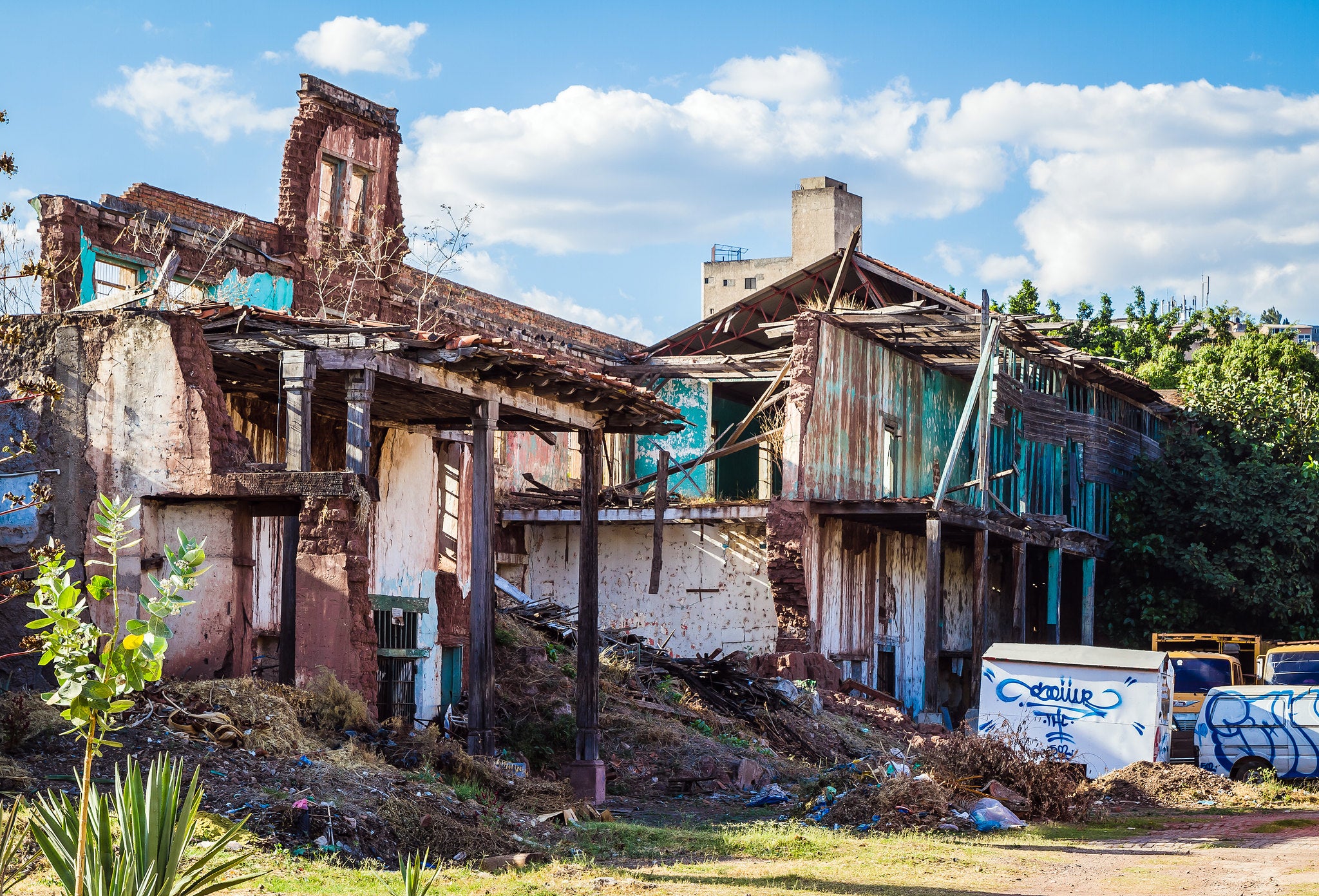Finding suitable land to build social infrastructure is a great challenge. Budgets are usually very limited; there are few available lands and often they have legal problems or debts, lack of public services or require additional work besides those of the project itself. In many countries, through intergovernmental agreements, donated land is accepted, which seems to be the ideal solution since, in theory, there is no cost. However, the reality is very different. Many of the lands that in the first instance seem to be costless can present problems and “hidden” costs.
The Do it Here, Not There: Guide for the Selection of Land to Build Social Infrastructure identifies 12 aspects that must be analyzed simultaneously to determine if a land is viable or not: 1) place and surrounding area, 2) regulatory analysis, 3) legal analysis, 4) socio-environmental aspects, 5) susceptibility to threats, 6) pre-existing buildings, 7) shape and dimensions, 8) topography, 9) accessibility, 10) public services, 11) costs, and 12) deadlines. Costs and deadlines are directly affected by the measures that might need to be implemented, given the weaknesses of some of the 10 previous points. The Guide explains the importance of each of these aspects and provides concrete cases, and lessons learned that could be very useful for those who must select and evaluate lands for construction projects.
When we refer to susceptibility to threats or the need for safe land, our starting point must be that there is never zero risk. However, it is possible to minimize the risks that may exist, either through complementary work and a risk management plan or better yet, by making a wise decision when choosing the land before start building!
The land may have threats imposed by natural hazards, such as earthquakes, tsunamis, hurricanes, volcanoes, avalanches, large-scale floods, wildfires; or technological, such as nuclear plants or dams that may fail, among others. For this reason, Do it Here, Not There, proposes an analysis at two different levels: at the macro level (at the level of territorial planning), and at the micro level (at the moment of the specific selection of the land).
At the macro level, a safe location must be identified. It should guarantee the structural, nonstructural, and functional safety of the building, in accordance with the role that the building should fulfill, even during a disaster. For example, hospitals must remain up and running, just as schools must function as refuge centers for the affected population.
For the micro level, it must be assessed how susceptible the terrain is to a possible overflow of a nearby river or landslides, for example. Generally, this assessment is done by a professional, who will observe the environment (distance to water courses, slopes of land, age of vegetation, type of surface, presence of water puddles, etc.), and also based on available secondary information (municipal maps of threats and/or risks, geological data, raining seasons or frequency of earthquakes or windstorms and tropical storms, including variables of climate change).
Another key element is the soil’s quality, since areas of poor quality (e.g., landfills) may represent additional costs within the project due to added work to stabilize the soil. These assessments are essential and do not necessarily imply high costs.
In the specific case of health facilities, the Pan American Health Organization (PAHO) has developed a strategy for Safe Hospitals, which aims to ensure that health facilities must not only resist nature’s threats but that it can continue to function and provide services at times that are critical for the community. To this end, it has created a tool called the Hospital Safety Index, which assesses the probability that an establishment will remain operational in emergencies. The Index highlights the geographic location as one of the critical elements to classify a hospital safe and suggests evaluating the threats and the geotechnical properties of the soil.
The Hospital Safety Index is presented as an easy and inexpensive tool to assess the risk that a health infrastructure can present. In some cases, more detailed and costly studies will have to be done, but this allows a first approximation to the risk, and to eventually decide to select another site before building the facility.
Therefore, many problems, financial resources, and even lives can be saved if an adequate land was sought from the beginning, or if “free” land was not accepted without prior analysis.
Along these lines, and in the framework of Directive A2 of the Disaster Risk Management Policy (OP-704) and the Sustainable Infrastructure Framework, the IDB has developed a methodology to facilitate the identification and assessment of disaster risks and climate change, and to identify opportunities to provide further resilience to projects during their identification, preparation and implementation phases. The methodology proposes different stages depending on the complexity of the project, so it seeks to be gradual and scalable in accordance with each particular case. It also seeks to establish in which cases it is necessary to conduct complex studies to determine disaster risks and which cases it is sufficient to define mitigation measures to be implemented in the design stage of the infrastructure.
These studies or the necessary mitigation work should be considered in the overall cost of the project, and should have direct relationship with the selected land. Therefore, the moment of the selection of the land is key, because this first decision can impact the infrastructure project forever.
Perfect land does not exist, but if we carefully analyze the available land, we can contribute to guarantee both the sustainability of infrastructure projects and people’s safety, without the need for expensive studies and significant mitigation work.
If you were interested in this post, do not hesitate to read the “Five steps to include disaster risk management in infrastructure projects”.
Here you can download the “Do it Here, Not There Guide” and “Methodology of disaster risk and climate change”.


Leave a Reply